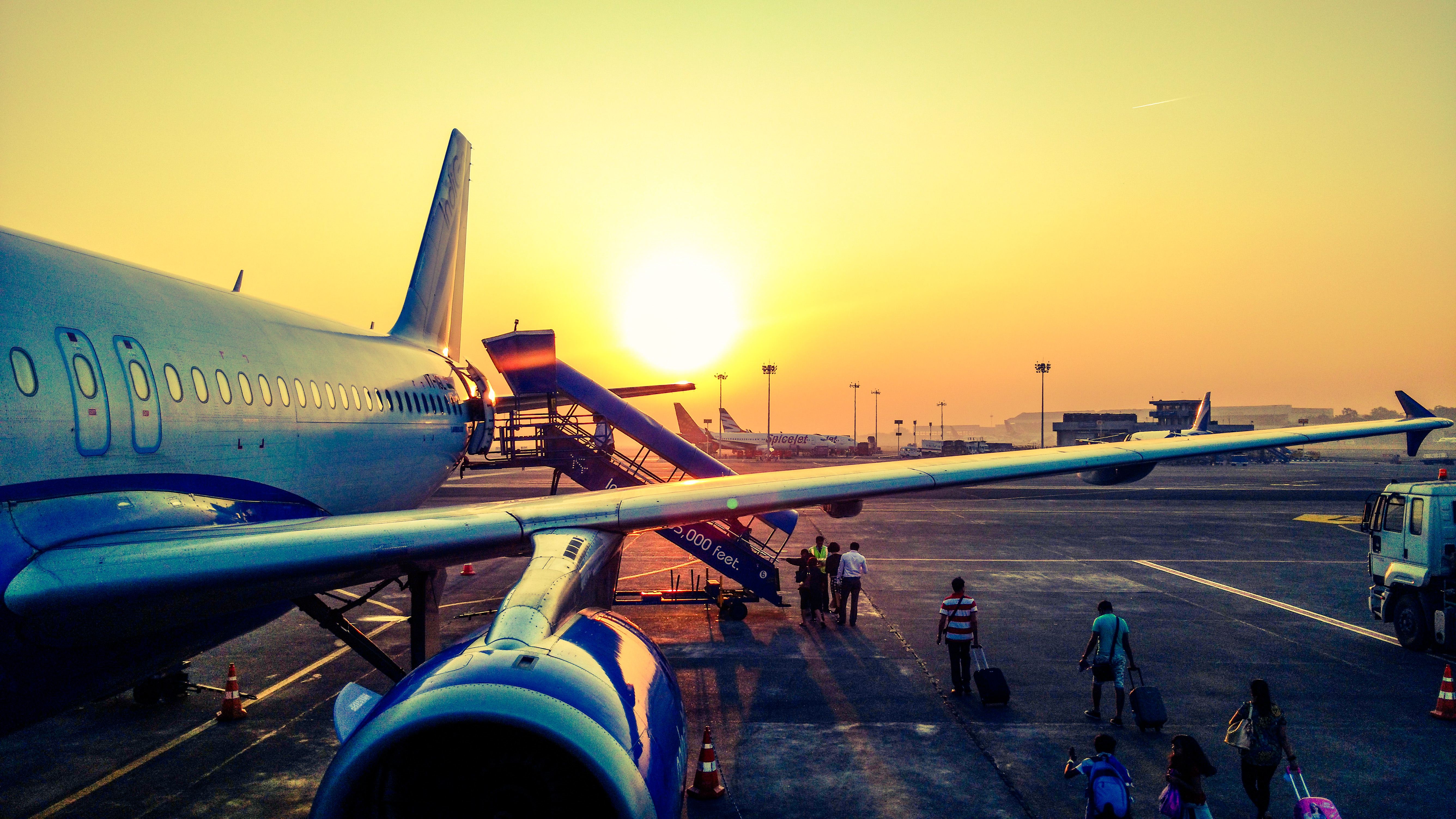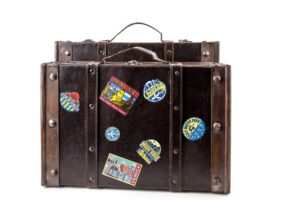Traveling during the high season can be a bear – very hot or cold weather, long lines for attractions, crowded streets, and higher prices can make your hard earned vacation less enjoyable than you deserve. The high season is usually during holiday periods like Christmas/New Years and dates when children aren’t in school, like the summer and spring break. Businesses know that these time periods are when people want to take time off to travel, and will take advantage by charging more. That is why I recommend traveling during the shoulder season.
What is the shoulder season?
The shoulder season is different for each travel destination, but tends to fall sometime during the fall and/or spring. Traveling during the shoulder season is a great way to get a top notch travel experience with less of the hassles you’ll find during the high season and lower prices. Lets look at some of the reasons the shoulder season is a great time to travel:
- Way fewer tourists – Less crowds means a more relaxed vacation and less time spent waiting in lines, etc.
- Cheaper – Because there are fewer travelers during these periods, you can usually find good deals.
- The weather – For many destinations, the summer can be sweltering and the winter chilly. The shoulder season is usually a happy medium.
Drawbacks of traveling during the shoulder season
While I believe the pros of traveling during the shoulder season greatly outweigh the cons, that doesn’t mean you shouldn’t be aware of what those cons are. Here are some drawbacks to traveling during the shoulder season:
- The weather – If you want to lay by the beach and work on your tan, the shoulder season might not be for you as the weather tends to be much more mild.
- Businesses may have reduced hours – This is especially true in less popular destinations and also for some museums in Europe.
- Some destinations shut down all-together – For some business owners, the lack of steady income during the shoulder season means they’re taking their own vacations.
The shoulder season and sustainability
For many destinations, seasonality is both a boon and a curse. In the high season, things are really good. In the low season, they aren’t. In some cases (especially destinations that are dependent on a certain type of weather like snow (ski chalets) or sun (summer beach towns in colder climates)), businesses will only open for a 3-4 month period, in which they need to make all their money for the year. For those destinations, the shoulder season is usually very brief or non-existent. For other destinations whose attractions are not climate based, the shoulder season provides businesses an opportunity to extend their income generating period and related economic impacts farther than normal. Having travelers visit during the shoulder season can also alleviate much of the crowding and congestion that is associated with the high season, and many residents feel as though they can create more authentic connections with travelers during this time. Finally, traveling during the shoulder season can reduce stress on natural resources and waste management systems during the that are heavily used during the high season.
The Bottom line
As long as you do your homework about when the shoulder season is for your potential travel destination, you should be able to have a positive experience in most destinations. Be sure to look up seasonal hours for any attractions you’re interested in and/or other activities you’re planning on doing when you travel.
Learn more
Travel and Leisure has published a handy guide to when you can find shoulder seasons across the globe – check it out here. To learn more about some of the impacts you just read about, start with my discussion of impacts and sustainability. If you’re ready to start booking your shoulder season trip, head over to my travel planning strategy guide to start learning more about booking your own trips – including some of my favorite travel booking sites.



 So what does all this mean for you? As airlines have consolidated over the last 10 years, there have been some significant changes that affect the way you fly. The first and probably most visible change is something that came about as a result of 1) surging fuel prices and 2) a major economic recession. In 2008, oil was around $150/barrel and the economy was tanking. American Airlines was the first legacy airline in the U.S. to announce fees for checked bags, and the rest of the industry followed suit. Strangely enough, the only major airline in the U.S. that does not charge for checked bags is Southwest, a low cost carrier. It is important to note that since then, fuel prices have gone down significantly, but the airlines had learned that consumers would bear the cost of checked bags and never looked back. This is something that likely would not have been possible in a market with a greater number of players.
So what does all this mean for you? As airlines have consolidated over the last 10 years, there have been some significant changes that affect the way you fly. The first and probably most visible change is something that came about as a result of 1) surging fuel prices and 2) a major economic recession. In 2008, oil was around $150/barrel and the economy was tanking. American Airlines was the first legacy airline in the U.S. to announce fees for checked bags, and the rest of the industry followed suit. Strangely enough, the only major airline in the U.S. that does not charge for checked bags is Southwest, a low cost carrier. It is important to note that since then, fuel prices have gone down significantly, but the airlines had learned that consumers would bear the cost of checked bags and never looked back. This is something that likely would not have been possible in a market with a greater number of players.